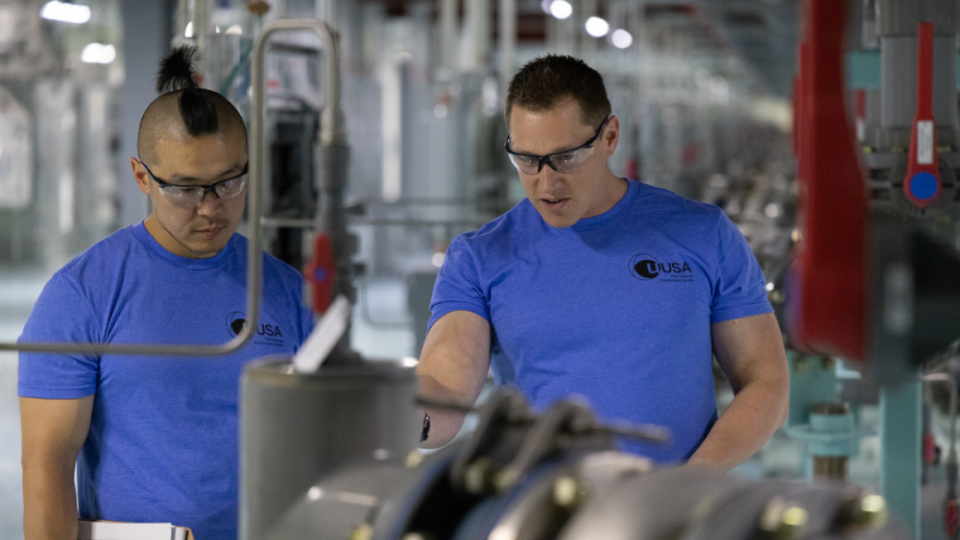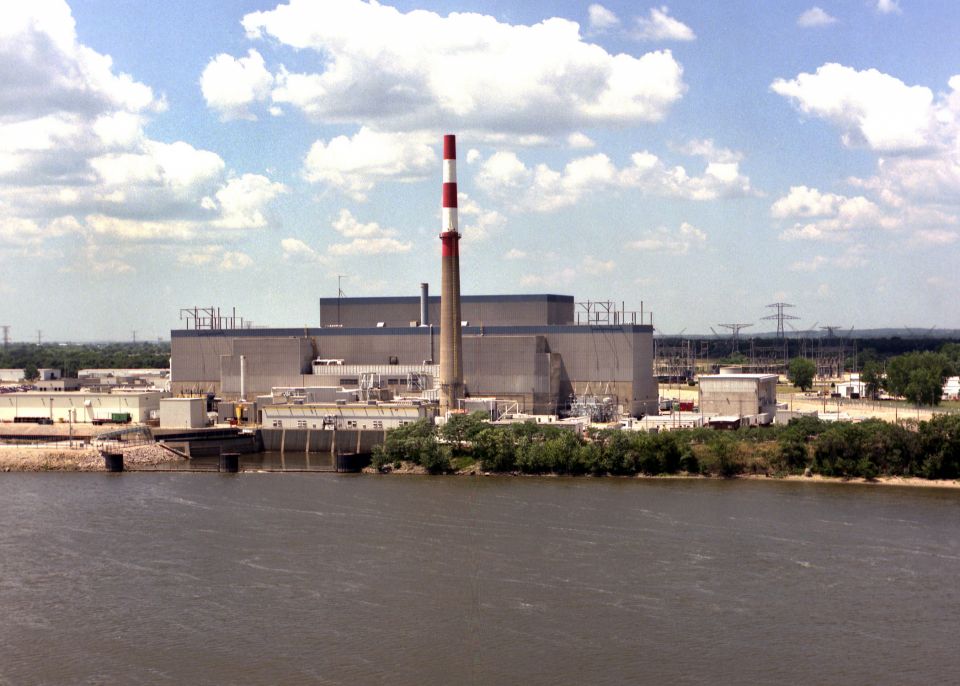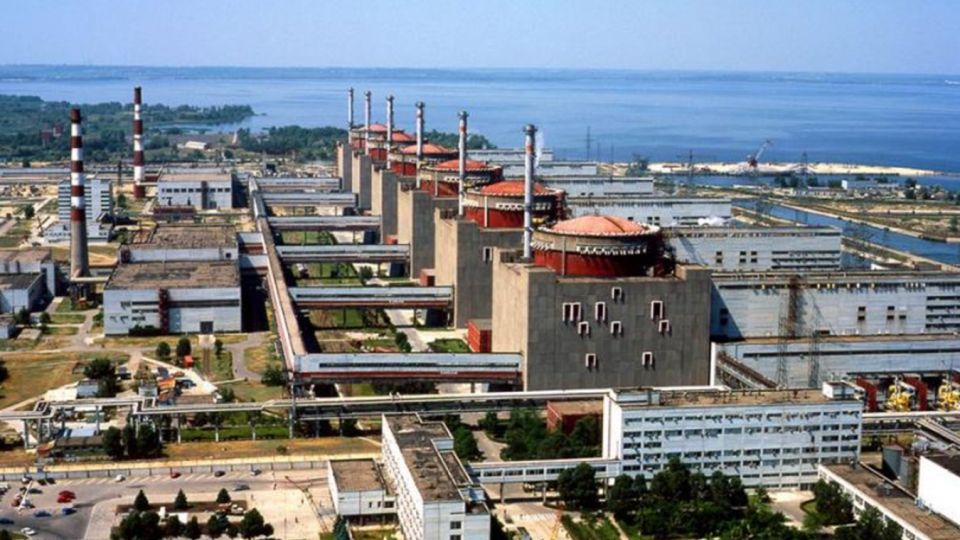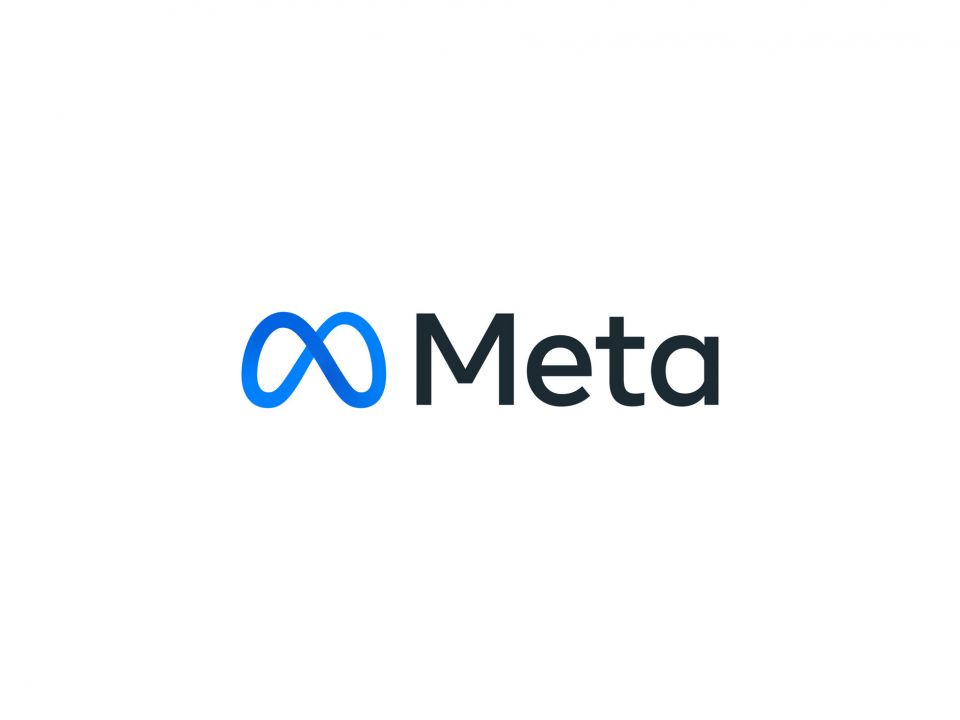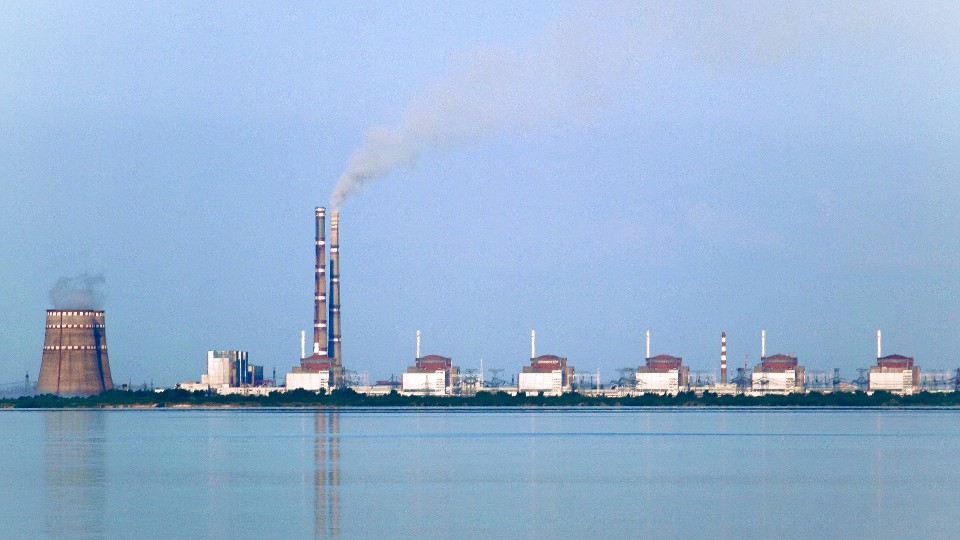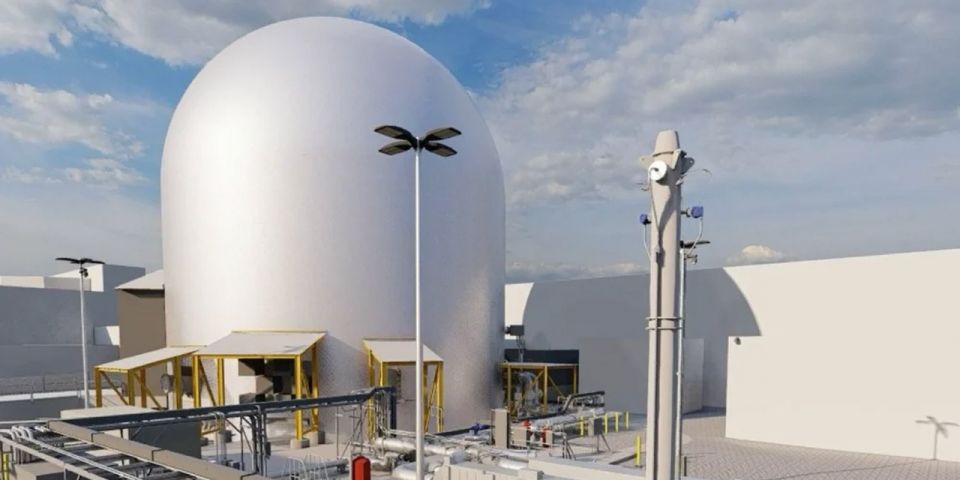On the verge of a crisis: The U.S. nuclear fuel Gordian knot
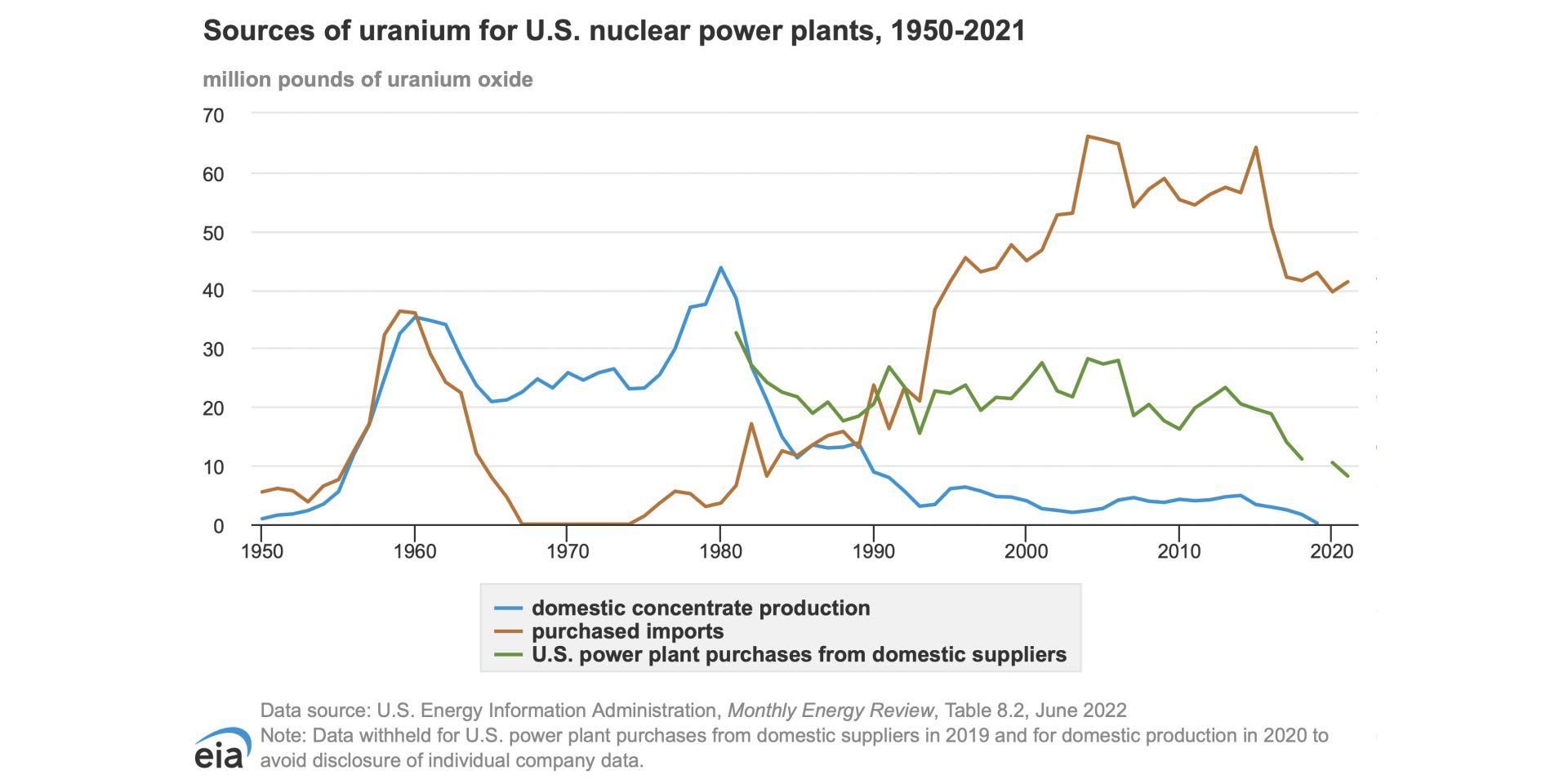
The naturalist John Muir is widely quoted as saying, “When we try to pick out anything by itself, we find it hitched to everything else in the Universe.” While he was speaking of ecology, he might as well have been talking about nuclear fuel.
At the moment, by most accounts, nuclear fuel is in crisis for a lot of reasons that weave together like a Gordian knot. Today, despite decades of assertions from nuclear energy supporters that the supply of uranium is secure and will last much longer than fossil fuels, the West is in a blind alley. We find ourselves in conflict with Russia with ominous implications for uranium, for which Russia holds about a 14 percent share of the global market, and for two processes that prepare uranium for fabrication into reactor fuel: conversion (for which Russia has a 27 percent share) and enrichment (a 39 percent share).
No one really knows whether Russian exports will survive the war in Ukraine. Rosatom, Russia’s state-owned atomic energy corporation and the successor to the Soviet Minatom, is deeply tied to the war effort, and the U.S. government has already sanctioned three Rosatom subsidiaries as well as one person involved in Russia’s control of the Zaporizhzhia reactor complex. But this has not spurred efforts at self-sufficiency; so far, the effect has been paralysis.
This could be called a failure of the market, but it is really a failure of governments, here and abroad. “The uranium market was never an actual market,” said William D. Magwood IV, director general of the Nuclear Energy Agency. “It’s always been a government creature,” he said.
In hindsight, Congress and the Department of Energy have made some major miscalculations, the biggest being the assumption that imports from Russia would meet U.S. national security objectives and financial needs. Those imports included Soviet stocks of weapons-grade uranium downblended to meet civil reactor needs and a lot of inexpensive enrichment. But it now appears that the imports have allowed almost every step in the domestic fuel supply chain—from mining and milling to conversion and enrichment—to wither.
The second miscalculation was that privatized entity USEC (United States Enrichment Corporation) was to commercialize a laser isotope separation system or at least a centrifuge technology it inherited from Oak Ridge National Laboratory that would beat out existing centrifuges. That was the belief when Congress, the DOE, and its predecessors discussed privatization; that was what USEC itself thought it would do. But so far, neither has happened, although the company (which was restructured and renamed Centrus in 2014) is still working on the second path.
Centrus is currently still the only private sector player in enrichment. They, along with two government-owned companies, Urenco (British-German-Dutch) and Orano (French), are the three major players with the capability to scale up to make the West independent of Russian enrichment capacity—but nowhere near fast enough if supply is cut off soon. And the enrichment companies are nowhere near starting to add capacity, because nobody is sure that the investment would ever pay for itself.
“They don’t want to expand to handle this current issue, and in a year or two we’re friends with Russia again, and they’re going to allow them to come back into the market,” said Kenneth Petersen, former vice president for nuclear fuels at Constellation (formerly Exelon Generation) and vice president/president-elect of the American Nuclear Society.
David Leistikow, vice president of Centrus, summed it up this way: “With Russian capacity in the market, the market is oversupplied with enrichment, but it would be savagely undersupplied without Russian supply. That creates a lot of uncertainty that inhibits investment.”
If sanctions are imposed by either side, he said, the commercial path would not be made any clearer. “They bring a lot of uncertainty: How long they will last? Who will join them? How rigorously will they be enforced?” He added, “Uncertainty is the enemy of investment.”
From a commercial standpoint, that position makes sense to the suppliers, even if it creates problems for the generators that market themselves on their reliability.
The conundrum is not unique to nuclear. Gas pipeline companies, for example, will not build new pipe without long-term contracts from users, even in regions with an obvious shortage of gas transmission. But there are substitutes for gas, like the fuel oil that gas generators burned so heavily in New England this winter. But there are no easy substitutes for uranium.
The American nuclear industry adheres to a philosophy of analyzing every conceivable “what if,” at least for hardware. But at the moment, with nuclear fuel, the industry is in what the engineers might call an “unanalyzed condition.”
How bad is it?
Russia is a longtime supplier, at one point covering half of the American demand for uranium. There are many reasons, one of which is a program organized soon after the fall of the Soviet Union to buy uranium downblended from weapons-grade to reduce the threat of the fuel falling into the wrong hands and to prop up a shaky postcommunist regime.
Now, absent supplies from Russia, the nuclear energy industry could get by for about two years with inventories now in the pipeline. (This estimate assumes that Western, Japanese, and Korean entities act in unison to stop their imports, as has been the case with other sanctions, or that Russia cuts off all of them.) For the time being, the utilities are hoping for no further sanctions, and the Russians, perhaps because of the income that the uranium sales provide, are still exporting. But members of Congress are agitating for cutting off Russian import, and industry is nervous.
“We know the Russians control almost half the world’s enrichment market, and something on order of a third of conversion capacity,” said John F. Kotek, senior vice president of the Nuclear Energy Institute. “If you were to take that away in the short term, the remaining capability is insufficient to meet global needs outside of Russia.”
“There’s genuine desire on the part of industry to move away from Russian supply,” he continued. “But of course, you need something to move to.”
Not everyone agrees with this assessment, however. Karen Fili, president and chief executive officer of Urenco USA, which operates a large plant in New Mexico, said in an interview that there is spare capacity in Europe and some “excess stocks” of uranium hexafluoride (UF6) enriched to 5 percent. In fact, she said, some of those stocks, owned by Urenco customers, are stored at the New Mexico plant.
“I don’t think enrichment is the bottleneck,” she said. In addition, Urenco USA is adding capacity to move to 5.6 million “separative work units” (the standard measure of work done by enrichment plants) per year, from 4.6 million now. The company has a building to put them in, has a license to raise its output, has ordered the centrifuges, and is fabricating the piping to connect them into cascades. It will be done by 2028, according to Fili.
A shortage, if it occurs, would not hit utilities uniformly. Most—but not all—reactor operators lock in supplies years in advance; others play the spot market, gaining the opportunity to pick up bargains with a risk of having to come into the market at a period of high prices and paying extra as a result. Actually, being unable to purchase uranium was probably not a factor in the calculations of utilities using the spot market; it was thought of as a financial play, not a geopolitical one.
Who would be hit first?
“The exposure to Russian disruption is not distributed equally,” said Malcolm Critchley, president and CEO of ConverDyn, the only U.S. converter. “Some utilities [are] quite heavily reliant on Russian supply, [and] some . . . don’t have any exposure whatsoever.”
Some utilities play grasshopper, and some play ant. “There are utilities out there that are more hand-to-mouth,” said Petersen, meaning that they may be buying only a year in advance to leave time for conversion of yellowcake from a mill into UF6, and then into a ceramic, the form used in light water reactors. But, he added, “every utility will tell you that they won’t tell you what they have in inventory.”
On March 9, before the Senate Committee on Energy and Natural Resources, Joseph Dominguez, president and CEO of Constellation, testified that his company had enough inventory and contracts to meet the needs of its fleet of 21 reactors until 2028, but that “in the world of nuclear fuel, 2028 is tomorrow.” The United States, he said, is “on the verge of a crisis.”
The crisis, it turns out, isn’t just in enrichment but also in conversion—the process of turning yellowcake into UF6, which is the form that goes into centrifuges for enrichment. How much uranium the industry needs, and how much conversion, isn’t a simple question, because the two processes are connected, in ways that are not instantly obvious. And a shortage of one can increase the demand for the other.
This is because enrichers have two different ways to produce their output, which is usually UF6 enriched to 5 percent. They can start with a lot of uranium with a natural concentration of 0.71 percent and invest minimal separative work units on it to produce the desired output, leaving a higher concentration in the “tails”—the depleted uranium—between 0.23 and 0.3. This process is called overfeeding.
But if the price of enrichment is cheap, they can take the opposite strategy, underfeeding, and process less uranium but pluck out the U-235 more thoroughly, leaving tails with a concentration of 0.12 percent.
Prior to the Russian invasion, when enrichment was relatively cheap, utilities (which must pay for the uranium, conversion, and enrichment), specified underfeeding. This cut their conversion costs and lowered costs overall, but it made life miserable for the converters.
Life also gets hard for converters when external events push down the expectations of demand for uranium. ConverDyn, located in Metropolis, Ill., shut down in 2017 when the market price of converting a kilogram of yellowcake into UF6 hit $4. All Japanese reactors had shut down after Fukushima (some permanently, some temporarily), and Germany was closing its reactors, further driving down the market price of conversion and enrichment. Low prices gave the utilities little incentive to build inventories, making the business environment for the miners, converters, and enrichers even worse.
Now, there is a conversion shortfall, and the price of conversion is up tenfold, to $40 a kilogram. The shortfall further reduces flexibility in the supply chain—flexibility that would be helpful in case of a Russian cutoff. The shortage of enrichment in that scenario could be alleviated by moving to overfeeding, pushing more natural uranium through the system. But that’s not possible if there’s no way to convert the extra uranium into UF6. Call it Muir’s law: everything is connected to everything else.
Adding conversion capacity is probably a four-year process, experts say. ConverDyn said that it would restart by the beginning of 2023, and scores of technicians have been hard at work at the 50-acre site in southern Illinois, set within a 1,000-acre property on the north bank of the Ohio River. But the job has taken longer and cost more than anticipated, executives say. And it is restarting with half its former capacity, about 7.5 million kilograms per year instead of 15 million kilograms, according to experts.
Between ConverDyn and converters in Europe and Canada, total capacity is around 32 million kilograms a year. Without Russia, there would be a deficit of 10 to 12 million kilograms.
According to Critchley, ConverDyn and its competitors could expand capacity, but only in large increments. “That means you need an awful lot of customer support in order to generate the incentive to add that capacity,” he said. “You can’t really make a decision until you’ve got a lot of support,” he said. But getting that support takes time too.
He said that adding enrichment capacity probably had a longer lead time than adding conversion capacity, but that right now it doesn’t matter. “There’s a standoff at the moment,” Critchley continued. That observation could also apply to the enrichment market.
The long-term market for conversion is probably positive, according to Critchley, partly because small modular reactors, which seem likely to dominate new construction in the United States and quite possibly in Europe, use uranium less efficiently than do bigger reactors. Smaller cores leak more neutrons. That, combined with life extensions for existing plants, implies more fuel demand.
Even better, the long-term market for enrichment is certainly positive, because most of the new designs rely on enrichments closer to the 20 percent upper limit of low-enriched uranium, compared with the five percent commonly used today. Many conventional legacy reactors that now run on 5 percent enrichments may move to enrichments closer to 10 percent to permit longer fueling cycles as well as the use of accident tolerant fuel, a new type of fuel that can withstand high heat for longer periods in case of cooling loss. The materials added to make the fuel tougher also cut neutron efficiency, so they need to start with higher enrichments.
Those factors are also in play in the enrichment market. And enrichers don’t increase capacity without long-term contracts, while utilities generally shy away from very long terms, because they could lock themselves into supplies that are well above market price during off years.
And it would be slow. “We’re probably looking at a six- to seven-year program if we have a very robustly funded effort that could start right away," said Centrus’s Leistikow.
The story is similar at the mines. In a conference call with investors and analysts in February, the top executives of Cameco, the giant Canadian mining company, stressed the point. “We understand that to create long-term value and provide supply reliability for our customers, we must build a home for our production under a long-term contract before we pull it out of the ground,’’ said president Tim Gitzel. Grant Isaac, executive vice president and chief financial officer, said Cameco is “a proven, reliable, independent, and integrated commercial supplier.” But it’s decidedly not a risk taker. Isaac described a decision to build a mine to serve the spot market as “a silly spot market strategy.”
Don’t we have a reserve, or ways to conserve?
The DOE maintains a reserve of UF6 enriched to nearly 5 percent through the American Assured Fuel Supply Program, but it has only enough for about five or six reloads, according to the NEI.
Japan has an unused supply, because so many reactors have been shut down since 2011, and American utilities are discussing purchases or loans from their Japanese counterparts.
Reactors can run at reduced power, for example, during periods when prices are low, but for pressurized water reactors, it doesn’t save fuel. They insert control rods or boron to absorb neutrons, and then those neutrons are gone. Those plants could shut down completely to save fuel, but that seems unlikely. “If you’re operating a plant with 800 employees, there’s a huge fixed cost in that period. It doesn’t make sense,” said Petersen.
Plants can also “coast down,” or run at reduced power after a planned refueling date, but there are two drawbacks. Power generation falls off quickly, and if plants run in that mode for an extended period the energy content of the fuel that wasn’t scheduled for replacement—which is two-thirds of the core—falls too low, and the core is unbalanced. Additionally, plants typically refuel in off-peak seasons—spring or fall—and could find themselves refueling in the dead of winter or heat of summer when the economics are most favorable for operation.
In addition, reactors that participate in the capacity markets of an independent system operator or regional transmission organization are obligated to run at full power. Some have supply agreements that require full production.
The DOE does have stocks of high-enriched uranium that have been declared surplus and could be downblended. (This is a process that resembles unravelling a knit sweater because we need the wool.) But much of that is in metal form, and downblending requires UF6. The National Nuclear Security Administration, which is essentially the weapons department of the DOE, says it lacks the glovebox capacity to process much material.
At crucial stages—mining, conversion, enrichment, and even downblending—capacity could be added, but all of that takes time, and very little in the nuclear industry happens promptly.
“Given that it’s not economically advantageous to add new capacity to a market that’s already fully supplied, there should not be any surprise that there isn’t sufficient capacity outside of Russia,” said NEI’s Kotek. “The government wanted our utilities buying Russian uranium or a long time. Pivoting isn’t something you do overnight.”
This article is the first in a series about the domestic nuclear fuel crisis. The second article in the series, “The U.S. nuclear fuel Gordian knot: From global supplier to vulnerable customer,” was published on Nuclear Newswire on May 19, 2023.
Matt Wald is an independent energy writer and consultant. He is a former policy analyst at the Nuclear Energy Institute and for decades was the energy reporter at the New York Times.
An earlier version of the story stated the ConverDyn plant is restarting operations at half capacity, or 7,500 million kilograms per year. Its capacity is 15 million kilograms per year so half capacity is only 7.5 million kilograms.





